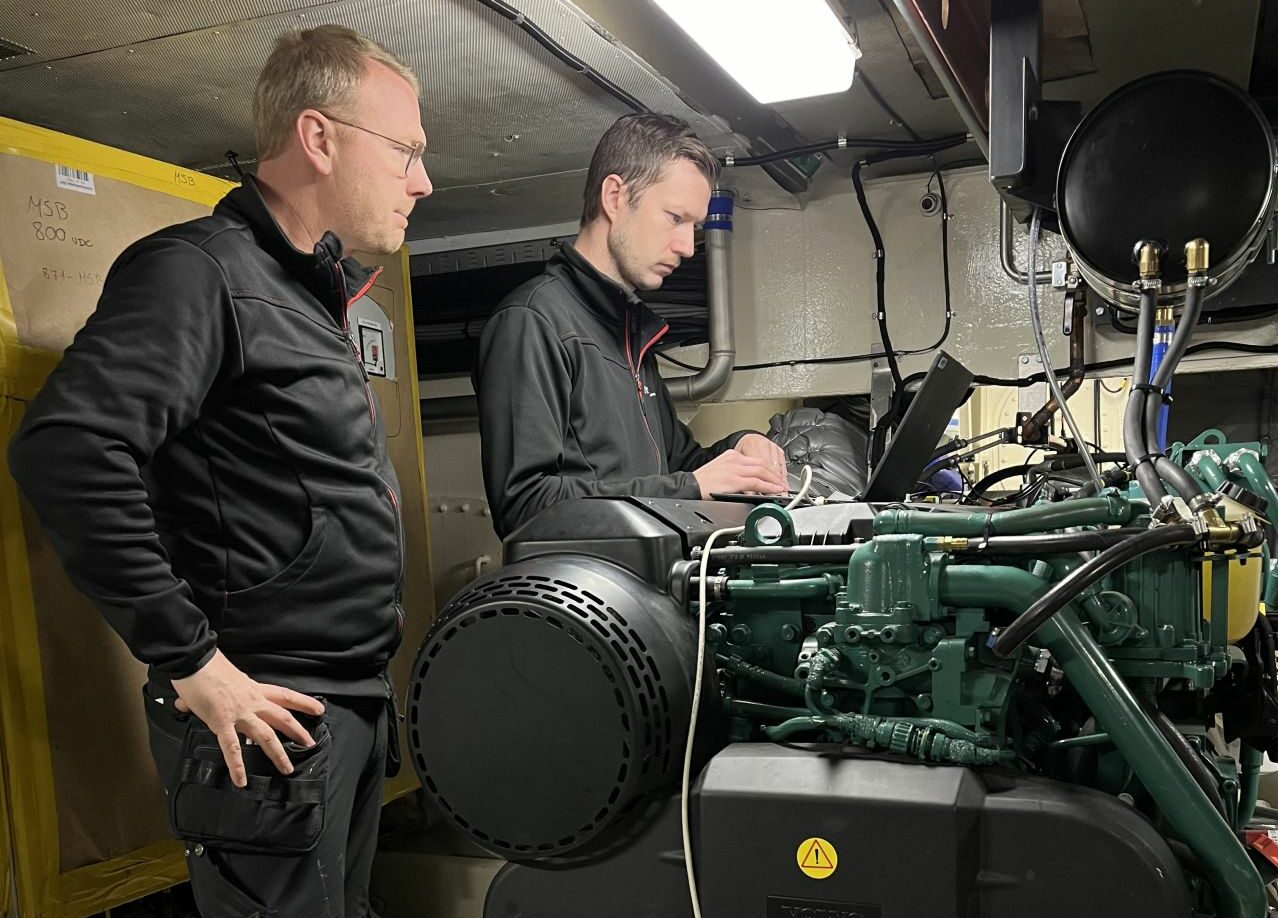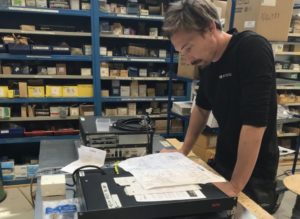Hybrid propulsion is on the rise in Europe. And helping to convert ships to hybrid propulsion has become one of the key capabilities of METS Technology. During the last year we have provided our technology to several new conversion and new building projects contributing to less emission, reduced operation costs and an extended life span of the vessels. A few highlights from METS reference list:
M/V Hamnen, an inspection vessel owned and operated by Gothenburg Port Authority, has been upgrade with a new electric motor and batteries of 520 kWh enabling the vessel to operate fully electric for up to 7 hours.
Älvsnabben 5, a passenger ferry operating in the Göta river in Gothenburg has been converted with two parallel-hybrid drivelines including batteries of 496 kWh. The ferry route is a part of the public transportation network in the city.
American Magic and Orient Express are two chase boats used in the 37th Americas Cup in Barcelona during 2024. The boats were built by Blugame, a part of San Lorenzo group during 2023-24 and has a very advanced driveline consisting of both H2 Fuelcells and batteries.
In general, you can definitely claim that Hybrid propulsion is an ideal solution for shipowners who want to improve the propulsion of their vessels and reduce their emissions by taking advantage of the benefits of diesel gensets, fuel cells, batteries and electrical motors. However, hybrid propulsion is also increasingly being chosen when the power demand is highly variable or when an extension of the cruising range is required. The latter is the case for ships with varying load profiles, such as crew transfer vessels (CTVs) or deep-sea tugs.
But what exactly does such a conversion from diesel to diesel and electric propulsion mean?
How do you combine two different power systems?
Diesel engines generate power through internal combustion, producing a steady and predictable output. Although they are quite flexible in terms of power and rpm, they usually operate on a steady supply of fuel and typically run at a fixed load and speed to avoid wear and poor efficiency, generating mechanical power through rotating shafts.
Electric motors offer more flexible power delivery, providing variable power and torque over a range of speeds. They can quickly adjust their output to meet demand and are influenced by factors such as battery charge and motor efficiency.
The solution is to implement a hybrid power management system that optimises the interaction between diesel engines and electric motors. This system should efficiently balance the power between the two sources to ensure reliable operation of the ship’s propulsion and auxiliary systems. It can use algorithms to decide when to switch or combine power sources depending on operating conditions.
How do you reconcile two different control systems?
Diesel systems use mechanical linkages, throttles and governors, or simpler electronic units, often as stand-alone solutions tailored to specific engine types.
Electric motors require sophisticated electronic controls and software for tasks such as speed regulation, torque control and regenerative braking. These controllers are often integrated with advanced energy management software to optimise performance.
The solution is a unified control interface that allows both diesel and electric propulsion systems to operate seamlessly, which could include software that allows operators to switch between or combine power sources, monitor performance and adjust settings from a single interface and communication systems that ensure diesel and electric engine control systems can talk to each other to synchronise their operations and share relevant data.
And hybrid propulsion with fuel cells has already begun.





